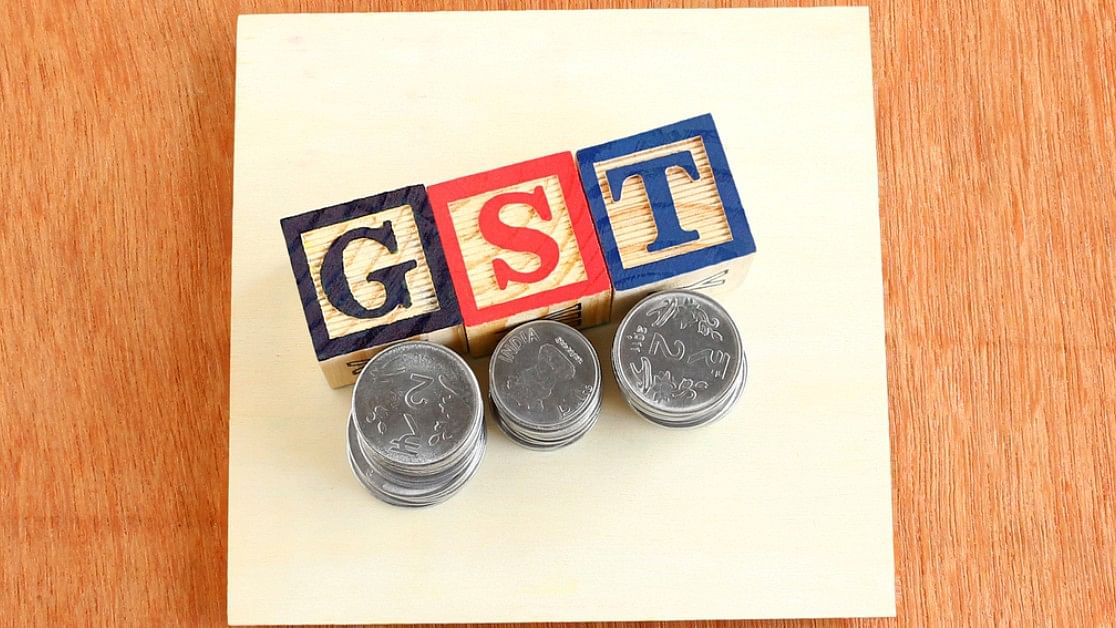
Image for representation.
Credit: iStock Photo
New Delhi: The GoM on GST rate rationalisation on Saturday decided to lower tax rates on 20-litre packaged drinking water bottles, bicycles and exercise notebooks to 5 per cent, but suggested raising taxes on high-end wrist watches and shoes, an official said.
The rate rejig decision taken by the GoM on GST rate rationalisation under Bihar Deputy Chief Minister Samrat Chaudhary would lead to a revenue gain of Rs 22,000 crore, the officials added.
The GoM proposed reducing GST on packaged drinking water of 20 litres and above to 5 per cent from 18 per cent. If the GoM's recommendation is accepted by the GST Council, the GST on bicycles costing less than Rs 10,000 will be reduced to 5 per cent from 12 per cent.
Also, GST on exercise notebooks will be reduced to 5 per cent from 12 per cent, the GoM proposed.
The GoM also suggested hiking GST on shoes above Rs 15,000 a pair and on wrist watches above Rs 25,000 from 18 per cent to 28 per cent.
The GoM on rate rationalisation in its previous meeting on Saturday had discussed tax rate tweaks on over 100 items, including lowering taxes on certain goods from 12 to 5 per cent, to give relief to the common man.
Some items in the 18 per cent slab like hair dryers, hair curlers, and beauty or make-up preparations that the GoM took up could be back in the 28 per cent bracket.
The six-member GoM also includes Uttar Pradesh Finance Minister Suresh Kumar Khanna, Rajasthan Health Services Minister Gajendra Singh, Karnataka Revenue Minister Krishna Byre Gowda, and Kerala Finance Minister K N Balagopal.
Currently, GST is a four-tier tax structure with slabs at 5, 12, 18, and 28 per cent.
Under GST, essential items are either exempted or taxed at the lowest slab, while luxury and demerit items attract the highest slab. Luxury and sin goods attract cess on top of the highest 28 per cent slab.
The average GST rate has fallen below the revenue neutral rate of 15.3 per cent, prompting the need to start discussions on GST rate rationalisation.